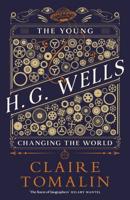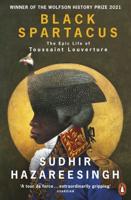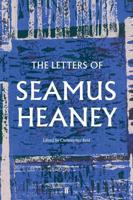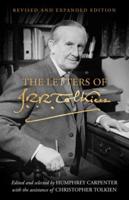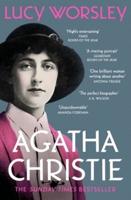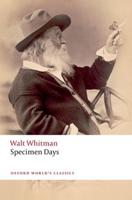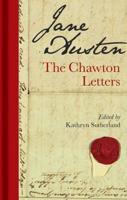Publisher's Synopsis
*Includes pictures of Stuart and important people,
*places, and events in his life.
*Includes a Bibliography for further reading.
"Calm, firm, acute, active, and enterprising, I know no one more competent than [Stuart] to estimate the occurrences before him at their true value." - General Joseph E. Johnston, 1861.
Despite the fact that the Civil War was fought nearly 150 years ago, it remains a polarizing topic for the country to this day. But among the most popular perceptions of the Civil War is the "Lost Cause", which romanticized the war's toughest and most famous fighters and continues to fuel the popularity of generals like Robert E. Lee.
Alongside Lee, no one epitomized the chivalry and heroism celebrated by the Lost Cause more than JEB Stuart (1833-1864), the most famous cavalry officer of the Civil War. Stuart was equal parts great and grandiose, leading the cavalry for the Confederacy in Lee's Army of Northern Virginia until his death at the Battle of Yellow Tavern in May 1864. Stuart was a throwback to the past, colorfully dressing with capes, sashes, and an ostrich plumed hat, while sporting cologne and a heavy beard. But he was also brilliant in conducting reconnaissance, and he proved capable of leading both cavalry and infantry at battles like Chancellorsville. As the eyes and ears of Robert E. Lee's army, none were better, despite the fact that he was only in his late 20s and early 30s during the Civil War, far younger than most men of senior rank.
Nevertheless, Stuart's tough fighting was and still is eclipsed by his reputation for audacious cavalry movements. He embarrassed the Army of the Potomac by riding around it twice, making him famous and embarrassing Union generals like George McClellan. However, Stuart's role at Gettysburg was far more controversial. Given great discretion in his cavalry operations before the battle, Stuart's cavalry was too far removed from the Army of Northern Virginia to warn Lee of the Army of the Potomac's movements. Lee's army inadvertently stumbled into the Union army at Gettysburg, walking blindly into what became the largest battle of the war. Stuart has been heavily criticized ever since, and it is said Lee took him to task when he arrived on the second day, leading Stuart to offer his resignation. Lee didn't accept it, but he would later note in his after battle report that the cavalry had not updated him as to the Army of the Potomac's movements.
With his record and characteristics, it has proven almost impossible for Americans to hold a neutral view of Stuart, and it has been even harder to ignore him. The World's Greatest Generals: The Life and Career of JEB Stuart addresses the controversies and battles that made Stuart famous, but it also humanizes the man who was courageous and cocky, yet self-conscious enough to hide what he considered to be a weak chin. Along with pictures of Stuart and other important people, places and events in his life, you will learn about the Confederacy's most famous cavalier like you never have before, in no time at all.

